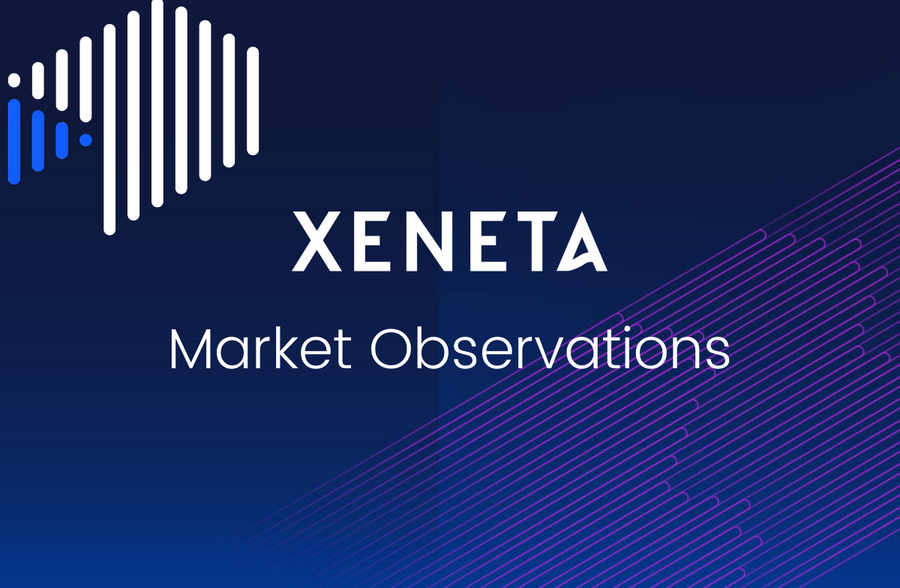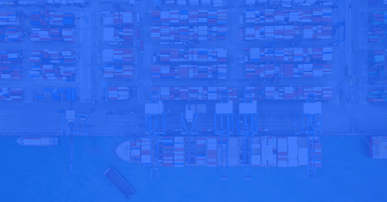Perhaps forgotten as the box carriers and shippers concentrate on US/EU port congestion, trucker strikes, and the Covid outbreaks that continue to bedevil China are bunker prices. With the price of crude oil, natural gas, and LNG skyrocketing following the Russian invasion of Ukraine, bunker prices seem to have taken a back seat to the myriad of more pressing issues.
It's apparent that progress on cutting emissions in container shipping has been moving at a tortoise pace. Many put it as "a lot of talk, but no action."
The IMO has a target to cut emissions by 50% by 2050, yet the UN Secretary stated in last year's COP26 UN Climate Summit that a 50% reduction is not good enough. So, what is needed and how do we really get the movement off its feet?
Carriers say they are investing heavily in this area, albeit making big bets that the zero-emission fuel they are looking to standardize on is available at the price they are calculating.
Shippers/BCOs say they need green transport and proof that their cargo is transported on a green-operated vessel to meet CSR goals.
But no one is committing. Both parties are sitting ducks waiting for the other to make a move. Does it come down to the fuel type? Let's talk bunker prices.
Within the past month, an article came across my desk mentioning how vessels equipped with scrubbers enabling them to burn high-Sulphur fuel oil (HSFO) had a cost advantage over those vessels who spurned installing scrubbers in order to instead use Very Low-Sulphur Fuel Oil (VLSFO).
At the same time, the box carriers and cruise ships' newbuilds seem to be continuing their emphasis on LNG duel-use engines. So although crude oil, nat gas, petrol, and other energy prices fluctuate, they remain far stronger than prior to the Russian invasion of Ukraine, as truckers, automobile owners, airlines, and most other individuals, manufacturers, and utilities worldwide painfully know with every sky-high energy bill.
The Brent crude oil price has increased from an average of US$87/bbl in January 2022 to $123/bbl in June and then dropped to $ 100.45 on August 30, 2022. In the same time span, VLSFO's high for 2022 was US$1,141.50/MT on June 10, when Brent was trading at $ 123.07/bbl and then dropping a bit to $105.09 on August 29. In comparison, the high for IFO380 (HSFO) was $ 634.50/MT on May 4, with an August 29 close of $ 619.50.
The net-net is that while bunker prices generally track with crude oil prices up and down, each specific fuel responds to its own supply and demand specifics per port and/or per region. LNG is often called the 'transition fuel' between HSFO/VLSFO and future fuels such as methanol, biofuels, ammonia, and hydrogen (H2) and was a topic of great interest in a recent Ship & Bunker interview with Shell Marine's General Manager-Decarbonization, Dr. Alexandra Ebbinhaus.
Ebbinhaus was less than positive about the future of synthetic methanol, synthetic methane, ammonia, and hydrogen, saying each has disadvantages against fossil fuels due to each fuel's inferior performance, high cost, and limited availability. "You will still see demand for fossil fuels in the 2030s and 2040's' she said. However, Ebbinhaus believes LNG is the lowest-emissions fuel available for sale that is mature, unlike, say, liquid biofuel, which is subject to price volatility, which affects demand.
LNG, however, is the dominant alternative bunker fuel (to HSFO and VLSFO) and could become the overall dominant fuel if the methane slip issue is solved. Methane slip occurs both when LNG is being produced as well at the engine when it is being burned. But Ebbinhaus went on to explain how the engine companies are working on eliminating methane slip at the engine, while the major oil and gas companies have committed to reducing methane at their end by 2030, which would make LNG both n efficient and very climate-friendly fuel by the 2030s.
With nat gas and LNG prices in the UK and EU skyrocketing due to Russia's weaponizing their gas commitments, the 2030 timetable would enable Germany and other EU countries to complete the construction of the import facilities needed to import LNG from such countries as the United States, Qatar, and Australia.
It will also enable the shipyards to deliver the specialized vessels needed to transport LNG into the EU, which are now unavailable for either long or short-term charter.
Ebbinhaus was less than enthusiastic about the potential of ammonia as a future fuel; she explained that there is yet to be an acceptable engine designed, how NO2 and NOX levels have yet to be addressed, engine efficiency has yet to be determined, as well as the obvious safety issues.
Methanol might become a successful future fuel, Ebbinhaus feels, if a larger and more stable supply becomes available. Should the methane slip issues get solved, "well-to-wake fossil LNG emissions would be reduced some 23%, while fossil methanol is more climate-harmful than fossil bunker well-to-wake." It's difficult to accurately compare the economics of different fuels when the supply-demand of HSFO, VLSFO, and nat gas/LNG are influenced more by politics than normal macroeconomic factors.
But with the unsolved technical issues of ammonia and H2, the lack of biofuel and methanol availability, as compared to the stable supply of nat gas/LNG from the United States, Australia, and Qatar – with commercial shipping responsible for some 4-5 % of C02 emissions annually, one hopes solving the methane slip issue will receive the same attention and effort as the Covid vaccines.
At Xeneta, we've been researching shippers' needs for sustainable shipping.
Many are driven by organizational targets, and while progress has been made on green shipping data, there is a worry about the lack of good, trustworthy data that enables holistic decision-making. We're working on displaying, transparently and independently in our platform, how much CO2 has been emitted for a variety of parameters. Stay tuned!
If you want to learn more about how Xeneta can help you optimize your freight buying or selling, as well as our emissions data, please contact us. We're happy to chat. 


-1.jpg)



